The Navigators / Pathfinders of the Pacific – Sanford Low and Boyd Estus (1983)
Navigation on the open ocean has been a grand challenge for Humanity. Vikings used Icelandic feldspar chrystals called sunstones enabling detection of the direction of the sun through polarizing light. Chinese used magnetic compass. Calculation of the longitude was an immense problem. Celestial objects have been used by almost all seafarers globally. Polinesians mastered the star compass technique and carried it to a new level in Human history. “The Navigators” was co-directed by Sam Low and Boyd Estus covering the […]

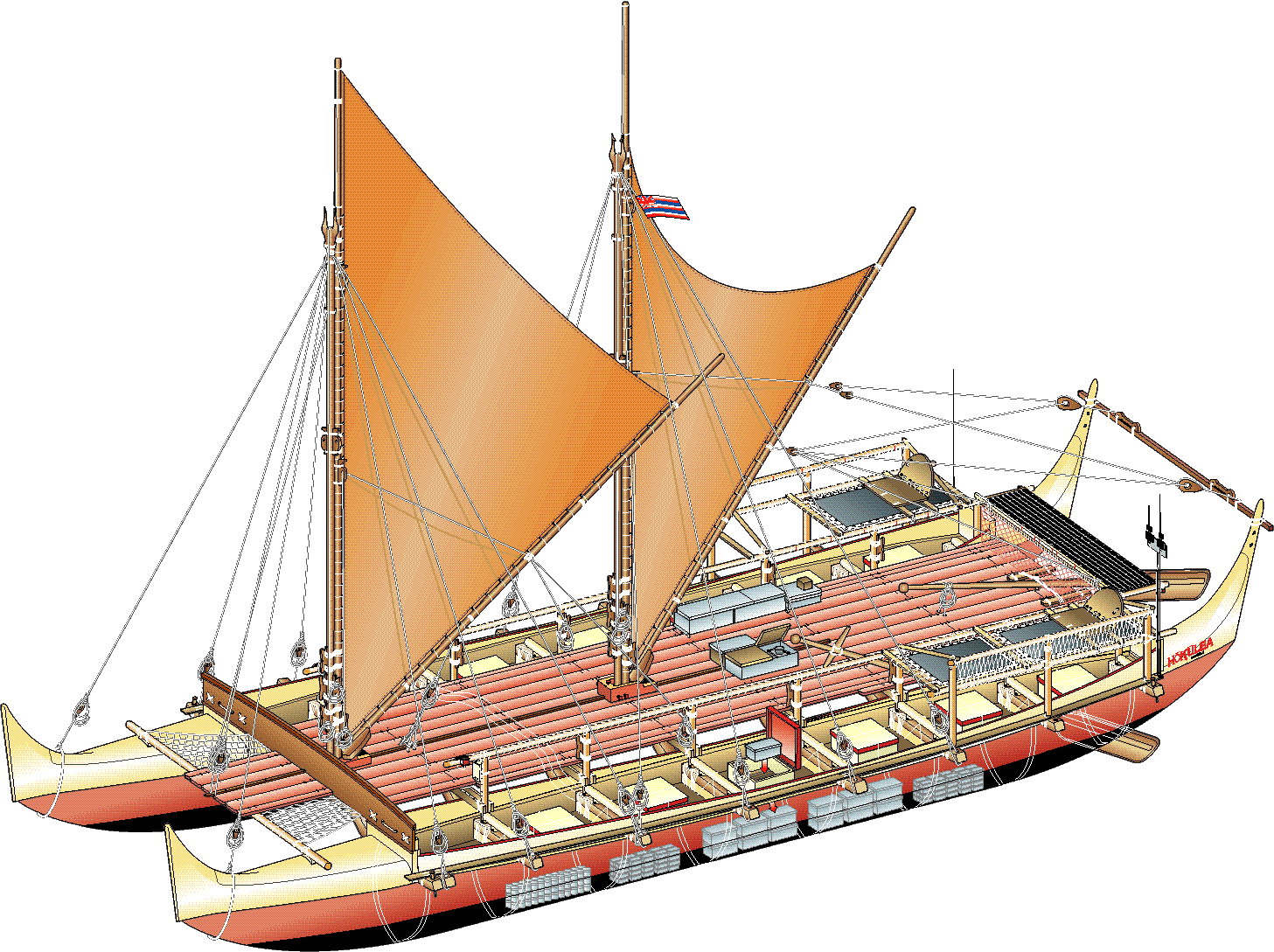
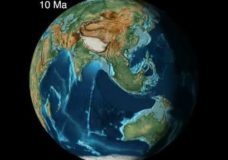
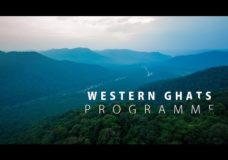
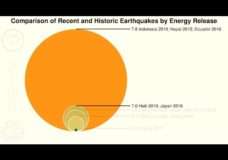
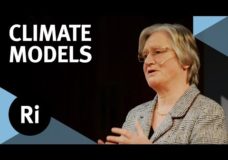
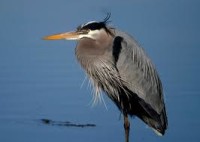

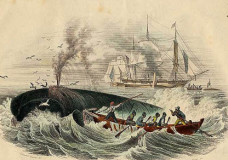
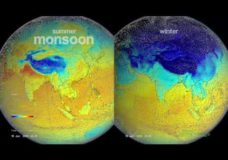
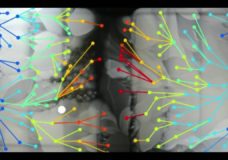
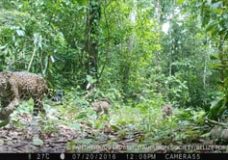
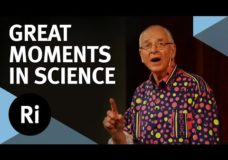
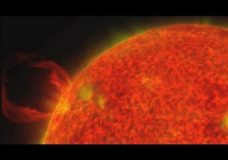
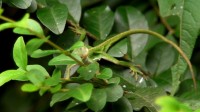


Recent Comments